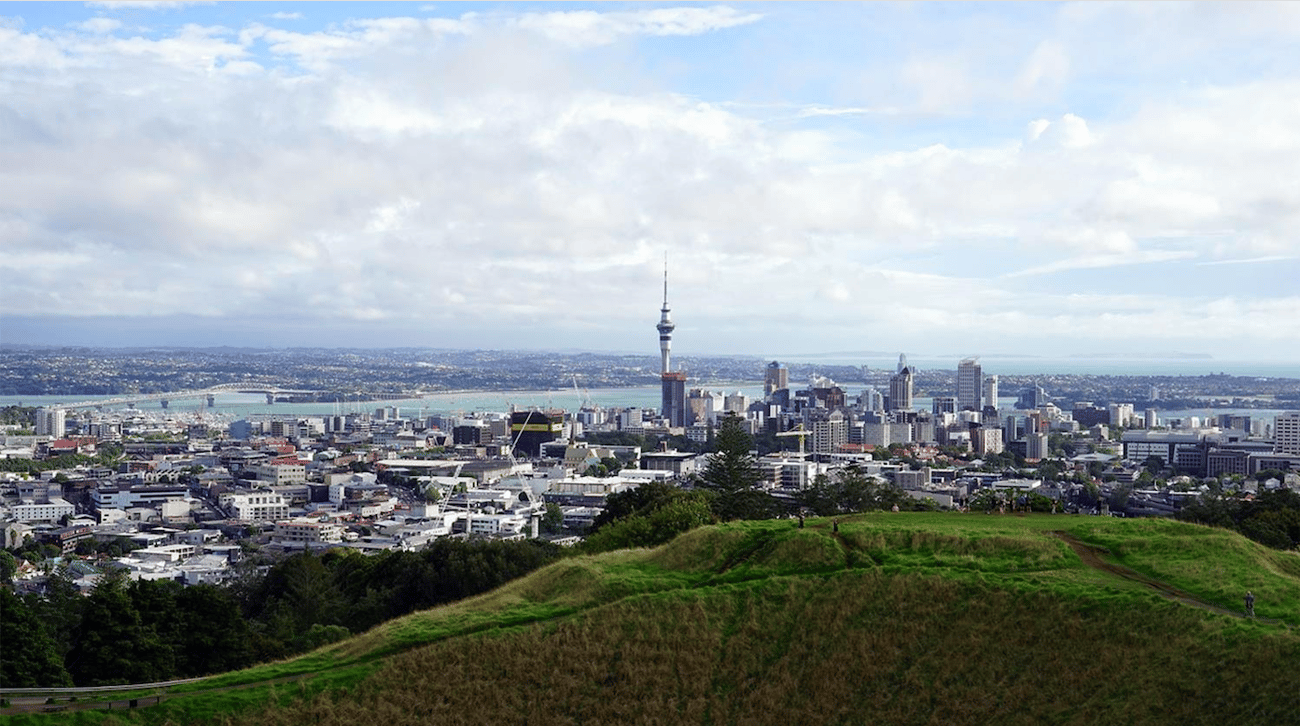The power of software: Seequent reveals what’s behind the digital engineering underpinning the Auckland City Rail Link

Like many larger local companies, Seequent has relied on offshore funding to expand, having recently secured $100 million from a US investment company. The deal has seen the software company attain more acquisitions and undertake more projects, its latest project being the Auckland City Rail Link, a 3.45 kilometre twin-tunnel underground rail link up to 42 metres below the city centre, transforming the downtown Britomart Transport Centre into a two-way through station that better connects the Auckland rail network.

To make matters tricky, the City Rail Link covers an area of complex geology, including volcanic ground, and requires a clear assessment of the ground conditions. To do this, Aurecon has used Seequent’s 3D geological modelling solution, Leapfrog Works, which packages data and transforms it into interpretable 3D models, and is specifically designed for the Civil Engineering and Environmental industries.
Leapfrog Works enables engineers and construction teams to ‘see’ how ground conditions interact, therefore helping make informed decisions on structural design, services locations and construction methods. For example, using Leapfrog Works, Aurecon’s ground engineering and engineering design colleagues were able to readily visualise the project in 3D.

A key feature in the development of the industry-led solution has been its ability to combine geological models with engineering designs. Therefore, it not only aided communication with stakeholders but more importantly, enabled Aurecon to get the design right from the start.
“Leapfrog Works has been an instrumental tool to support our ground engineering team, who are the interface between science and engineering,” Geotechnical team leader at Aurecon Philip Kirk says.
“Geologists need to be able to communicate the uncertainty in the ground conditions in a way that the engineers understand, relevant to the design.”
Furthermore, using Leapfrog Works, Aurecon was able to identify key opportunities in the reference design, ultimately saving time and money over the entire project’s course. This included, for example, the revision and optimisation of ground improvement works at the Water St shaft to mitigate ground risks.
The 3D geological model was used as a communication tool, which uncovered ground risks to both stakeholders and contractors during the procurement phases, for much better time and cost certainty.
Leapfrog Works’ abilities enabled immediate updating of the ground model based on the live data coming from the onsite shaft borehole drilling, saving days and further ensuring structural accuracy.
“We hope this is just the start of using 3D visualisation to communicate risks within a project and to help clients and contractors to make sense of them. This is the power of combining technical eminence and digital technology,” Kirk says.



